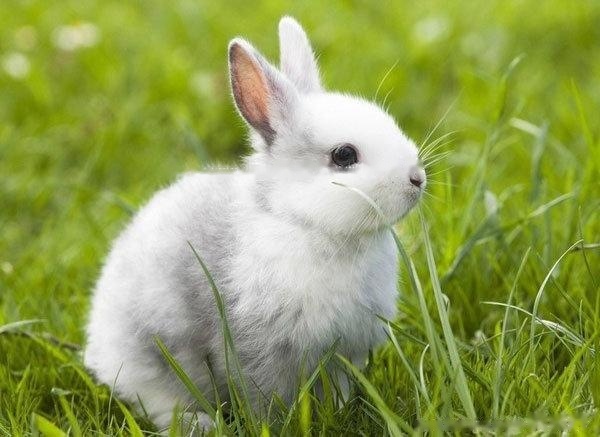The adaptability and resistance of young rabbits are poor. Any negligence in feeding and management will cause the death of young rabbits, thereby reducing the economic benefits of raising rabbits. Therefore, management should be strengthened to improve the survival rate of young rabbits.

1. Eat enough colostrum in time. Colostrum is rich in nutrients and also contains immunoglobulins. Young rabbits should be allowed to eat enough colostrum 4 to 6 hours after giving birth to make them grow fast and have a strong physique.
2. Adjust the foster rabbits. Part of the littermates and young rabbits with insufficient breast milk are fostered to female rabbits with good breast milk and fewer litter. If there are no females available for foster care, small and partially male pups should be eliminated. When necessary, artificial breastfeeding can also be performed.
3. Prevent suspended breasts. Suspended milk is when the mother rabbit is suddenly frightened while breastfeeding, jumps out of the nest box, and takes the baby rabbit out of the box. Therefore, it is necessary to keep the environment quiet to avoid the occurrence of suspended breasts.
4. Prevent steaming nest. The young rabbits always huddle against each other in front of their eyes. The water vapor they exhale makes the small environment very humid. The young rabbits have thin skin and tender meat, which can easily cause skin rashes or ulcers. Check frequently, change wet litter, and fiddle with the pups twice a day to evaporate the water vapor between the skin and the skin.
5. Prevent rodent damage. Rabbits born one week after birth are vulnerable to rat damage, and one rat can kill several young rabbits in a row. The rabbit cage should be made tighter to prevent mice from entering. Rats can be eliminated by trapping and poisoning.
6. Prevent suffocation and disability. The hair from the mother rabbit's nest is easy to suffocate if it is wrapped around the neck of the young rabbit, and it is easy to be disabled if it is wrapped around the legs. The hair used for nesting should be replaced with old cotton, rags, etc.
7. Manual help to open the eyes. For 15-day-old young rabbits who still can't open their eyes, apply 2% boric acid water or eye drops on their eye crevices, soak them for a while, and gently pull outwards on both sides of the eye crevice with two fingers to make the young rabbits. Open your eyes.
8. Timely start food and supplement. At 20 to 21 days of age, feed the young rabbits with tender green grass, green cabbage leaves, etc., and less frequently. After guidance, you can gradually feed some easily digestible feed such as bran. At 28 days of age, pellet feed can be formally fed.
9. Reasonable weaning. Weaning time is determined according to reproductive density and should not exceed 42 days at the latest. The method of weaning can be one-time weaning, or weaning in batches according to the strength of the young rabbits.
10. Prevent disease. The management of lactating female rabbits should be done well to prevent mastitis, so as not to cause yellow urine disease in young rabbits. The supplementary feed should be added with anticoccidial drugs such as clobenguanidine to prevent coccidiosis
![[Dog Training 5] The training method of pet dog dining etiquette](/static/img/12192/12192_1.jpg)




